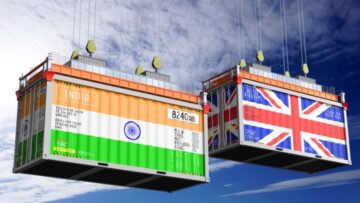
In reaction to months of weak demand, apparel merchants this year have advanced their summer sales and discovered some intriguing trends. For starters, they now face competition from completely different industries in addition to other merchants due to changing consumer behaviour.
In an effort to keep customers interested, retailers are also trying to be more agile. They are also hopeful that the government’s efforts to increase consumption would spark a renewed demand towards the end of the year, during the holiday season.
Pushpa Bector, senior executive director and business head of DLF Retail, which runs malls in the Delhi-National Capital Region, stated that a number of well-known brands, including as H&M, Marks & Spencer, and RBL, have already begun their sales as of mid-June. This year is a strong retail moment across categories as a result of brands responding with more aggressive pricing and a greater variety of offerings.
Summer end-of-season sales in India typically start in mid- to late-June and last until the end of July or even August. However, a number of firms moved up their summer promotions by a week or two this year, concentrating on getting rid of extra inventory and adjusting to a market where consumers are spending more on experiences than frivolous goods.
It is anticipated that the government’s decision of no income tax for those making up to ₹12 lakhs and the Reserve Bank of India’s three interest rate reductions will increase disposable income and stimulate consumer spending, particularly among India’s expanding middle class.
According to figures issued last month by the Retailers Association of India, retail sales in April increased by just 4% over the same period last year. Sales of footwear increased by 2%, while sales of apparel increased by 5%.
Over the past two to three quarters, major offline retailers like Aditya Birla Fashion and Retail Ltd have been pointing out a difficult consumer environment, particularly for discretionary categories.
Online sales, in contrast to traditional retail, are now consistent throughout the year. Digital marketplaces and e-commerce platforms, such as direct-to-consumer or online-first firms, favour holding deals in a variety of categories throughout the year, including fashion.






